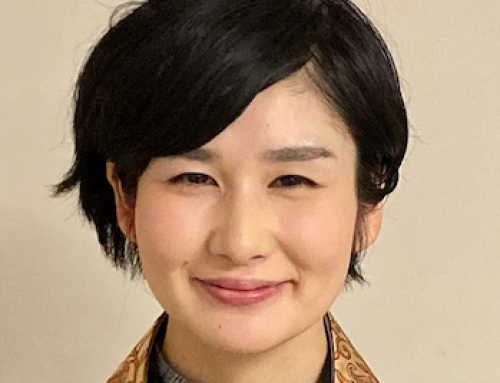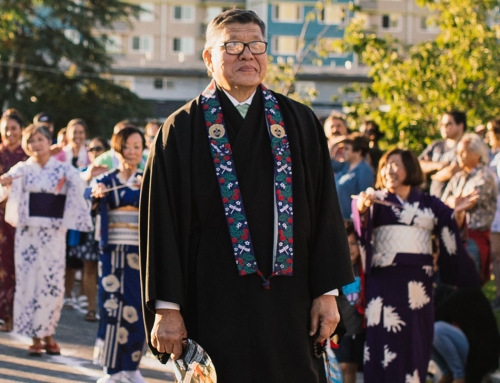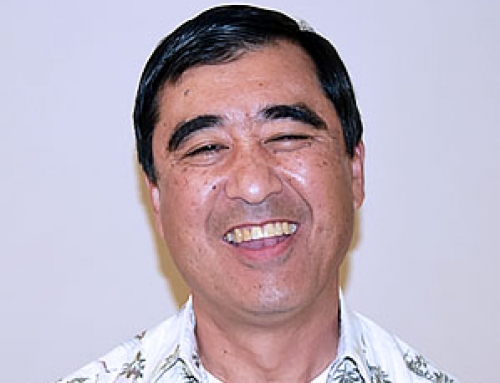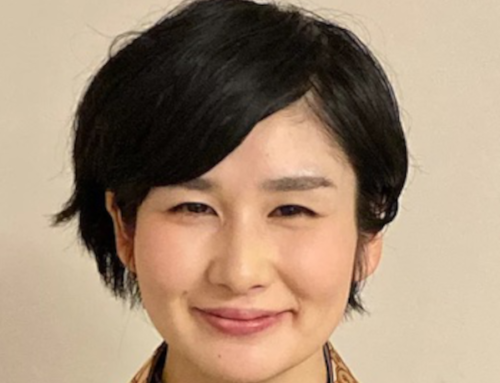Gratitude and Kindness
G Sakamoto
Our temple should be a place where what we feel are the best practices of the Dharma are found. Whatever we might think those practices might be this is the place where we can find what is comfortable and reassuring. Whether it is a question or an interest or tradition that has brought us here it should be here where we can deepen our understanding and experience of the dharma.
Sometimes we may be concerned about boundaries. How can everything and anything be a part of the dharma? If we are mindful of our actions then everything is dharma. How I engage and respond to the world are expressions of dharma. If I act in anger this is dharma. I have to be able to recognize my behavior. As I acknowledge the consequences of my behavior this is dharma. I may believe there is benefit to my behavior but the consequences may prove quite different. Recognizing this too is dharma.
At the core of the teachings of the Buddha is the simple question: How do we resolve the difficulties we cause and experience. If my behavior causes difficulties then I should carefully look at how I understand my actions. We may not recognize the consequences of what I do but that we consider our actions is important. Even with a willingness to think about the effects of my actions I may not see clearly the results of what I do. We live in nirvana but experience nirvana as samsara because of my inability to see things as they are. We are also the cause of others experiencing nirvana as samsara. My willingness to act on my behavior may have consequences that affect others. In a passage of the Tannisho, Shinran describes the world as like a burning house in which only the nembutsu is true, real, and sincere. This is not a bad thing but rather an acknowledgement of our current condition. My willingness to change my behavior may not have the consequences I want.
The disciplines of the dharma cultivate the mind that sees things as they are. In Jodo Shinshu we understand how difficult it is to cultivate the mind that sees things as they are. The disciplines prescribed by Shakyamuni Buddha are far beyond my abilities and comprehension. And yet I too am included. I too am able to know that I will experience the resolution of difficulties that is at the core of the dharma. This is the heart of Jodo Shinshu. In the central myth of Jodo Shinshu, the Bodhisattva Dharmakara fulfilled his vow to provide a means through which everyone, regardless of abilities of skills, would be freed from the difficulties that characterized our experience of nirvana. Fulfilling his vow Dharmakara becomes Amida Buddha. Dharmakara’s vow assures all beings of the resolution of difficulties. I too am included in that vow.
The temple is a place where we discover the importance of Amida’s Vow. The activity of Amida’s Vow allows me to look more carefully at how I engage the world. The intent of Shakyamuni and Amida is to free us from the causes of difficulties. To cause more difficulties for myself and others would be contrary to the dharma.
To recognize and stop causing difficulties is hard. To live in gratitude with kindness is something I can do. Gratitude is to acknowledge that i am indebted to life that supports me. Kindness is how I can respond to life.





